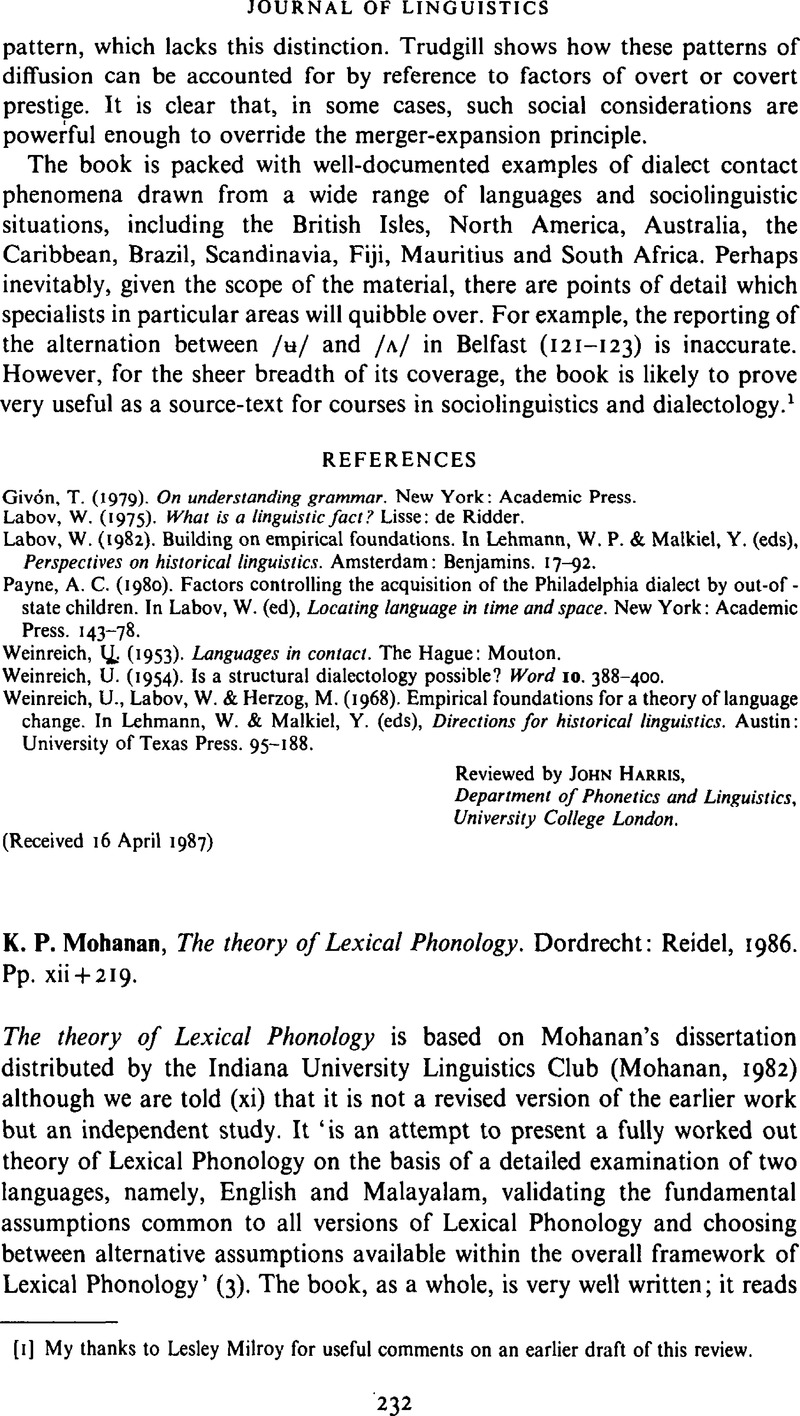Crossref Citations
This article has been cited by the following publications. This list is generated based on data provided by Crossref.
McCully, C. B.
and
Hogg, R. M.
1990.
An account of Old English stress.
Journal of Linguistics,
Vol. 26,
Issue. 02,
p.
315.



